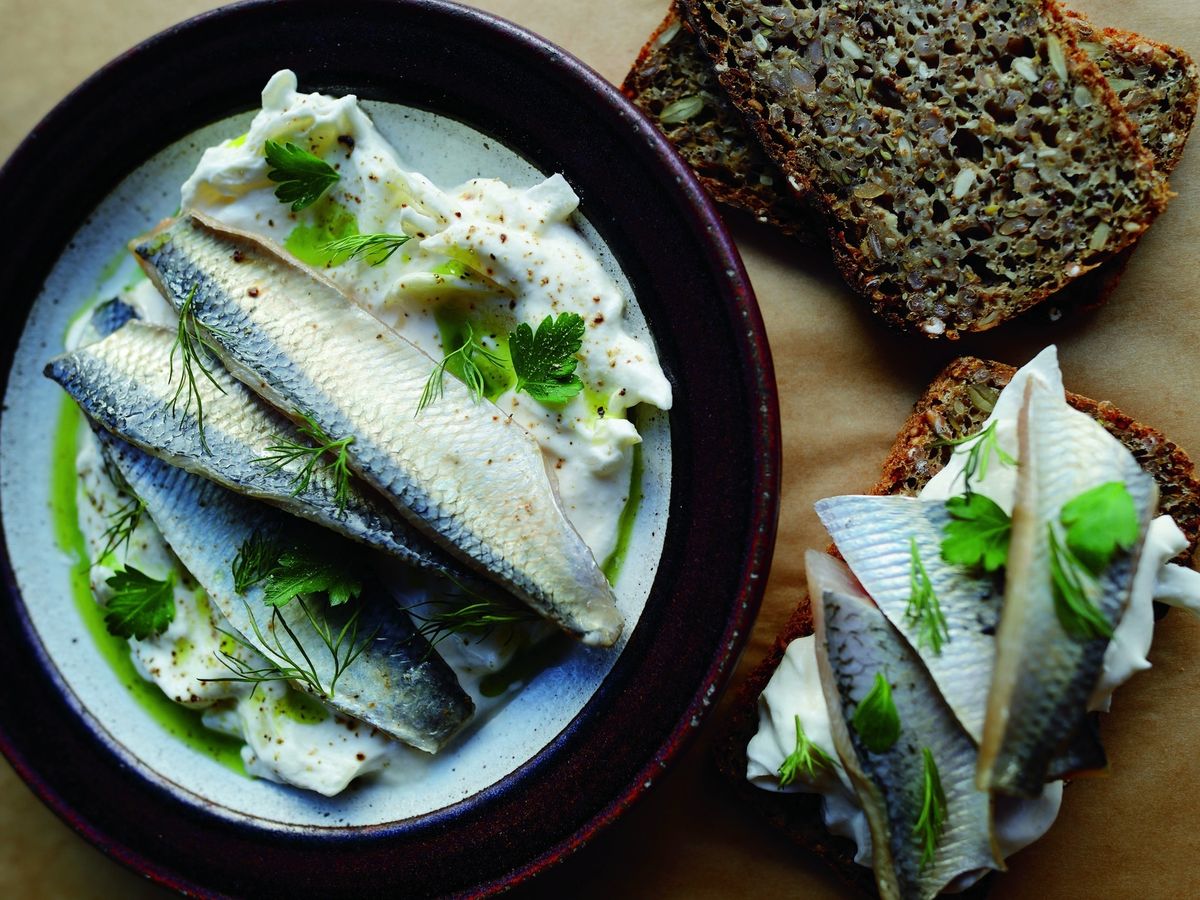
Herring, a small, oily fish found in the waters of the North Atlantic and Baltic Seas, is a popular delicacy enjoyed for its rich flavor and numerous health benefits. This versatile fish has been a staple in European cuisine for centuries, with a history dating back to ancient times. From pickled to smoked, herring can be prepared in a variety of ways, making it a favorite ingredient in dishes around the world. In this article, we will explore the culinary and cultural significance of herring, as well as its many health benefits and preparation techniques.
Introduction to Herring: A Nutritious Delicacy
Herring is a small, silvery fish known for its rich, oily flesh and distinctive flavor. It is a good source of protein, vitamins, and minerals, making it a nutritious addition to any diet. Herring is also high in omega-3 fatty acids, which are essential for heart health and brain function. Its small size and abundance in the waters of the North Atlantic and Baltic Seas make it a sustainable and environmentally friendly choice for seafood lovers.
History of Herring: A Staple in European Cuisine
Herring has been a staple in European cuisine for centuries, with a history dating back to ancient times. In the Middle Ages, herring was a popular food among the working class, as it was cheap and readily available. It was often preserved by salting, smoking, or pickling, allowing it to be stored for long periods of time. Herring played a crucial role in the diets of many European countries, especially in coastal regions where the fish was abundant.
Health Benefits of Herring: Packed with Omega-3
Herring is packed with omega-3 fatty acids, which have been shown to have numerous health benefits. These fatty acids are essential for heart health, brain function, and overall well-being. Herring is also a good source of protein, vitamins, and minerals, making it a nutritious choice for those looking to maintain a healthy diet. By including herring in your meals, you can reap the many health benefits that this flavorful fish has to offer.
Culinary Versatility of Herring: From Pickled to Smoked
Herring is a versatile ingredient that can be prepared in a variety of ways. It can be pickled in vinegar, brined in salt, or smoked to enhance its flavor and texture. Pickled herring is a popular dish in many European countries, where it is often served with onions, potatoes, and rye bread. Smoked herring, also known as kippers, is another favorite preparation method that adds a rich, smoky flavor to the fish. Whether pickled or smoked, herring is a delicious and versatile ingredient that can be enjoyed in a variety of dishes.
Popular Herring Dishes: Matjes Herring and Rollmops
Two popular herring dishes that have gained popularity in European cuisine are Matjes herring and rollmops. Matjes herring is a young, lightly-salted herring that is often served with onions, pickles, and sour cream. It has a mild, delicate flavor that pairs well with a variety of ingredients. Rollmops, on the other hand, are pickled herring fillets that are rolled up with onions, pickles, and mustard sauce. These tangy and savory rolls are a favorite appetizer or snack in many European countries and are often served at parties and gatherings.
In conclusion, herring is a flavorful and nutritious fish that has been a staple in European cuisine for centuries. From its rich history to its many health benefits, herring is a versatile ingredient that can be enjoyed in a variety of dishes. Whether pickled, smoked, or served fresh, herring is a delicious and sustainable choice for seafood lovers. By embracing the flavorful world of herring, you can discover new and exciting ways to incorporate this nutritious delicacy into your meals.

 08 June 2025
08 June 2025 Share
Share






